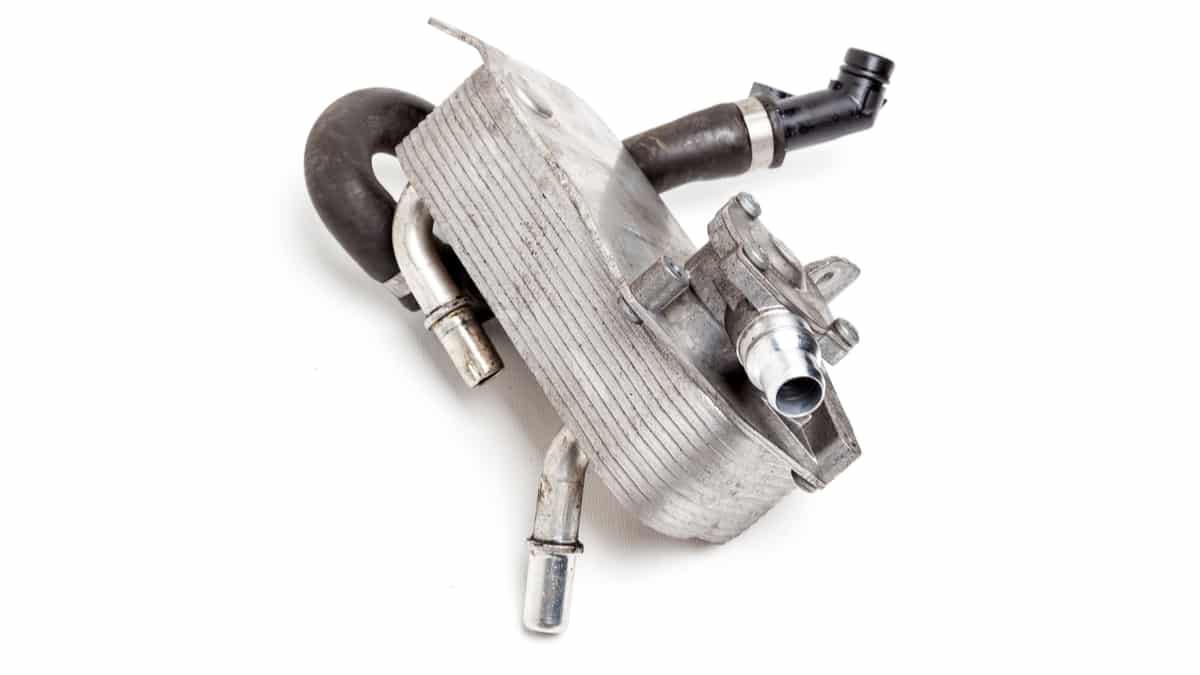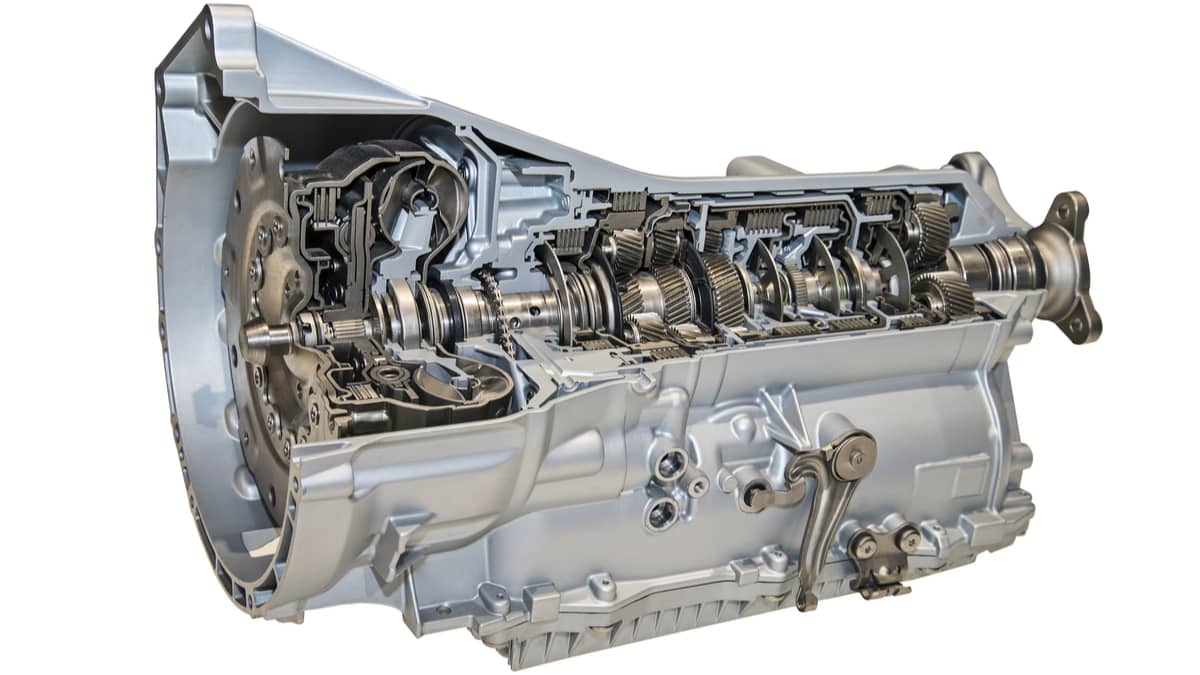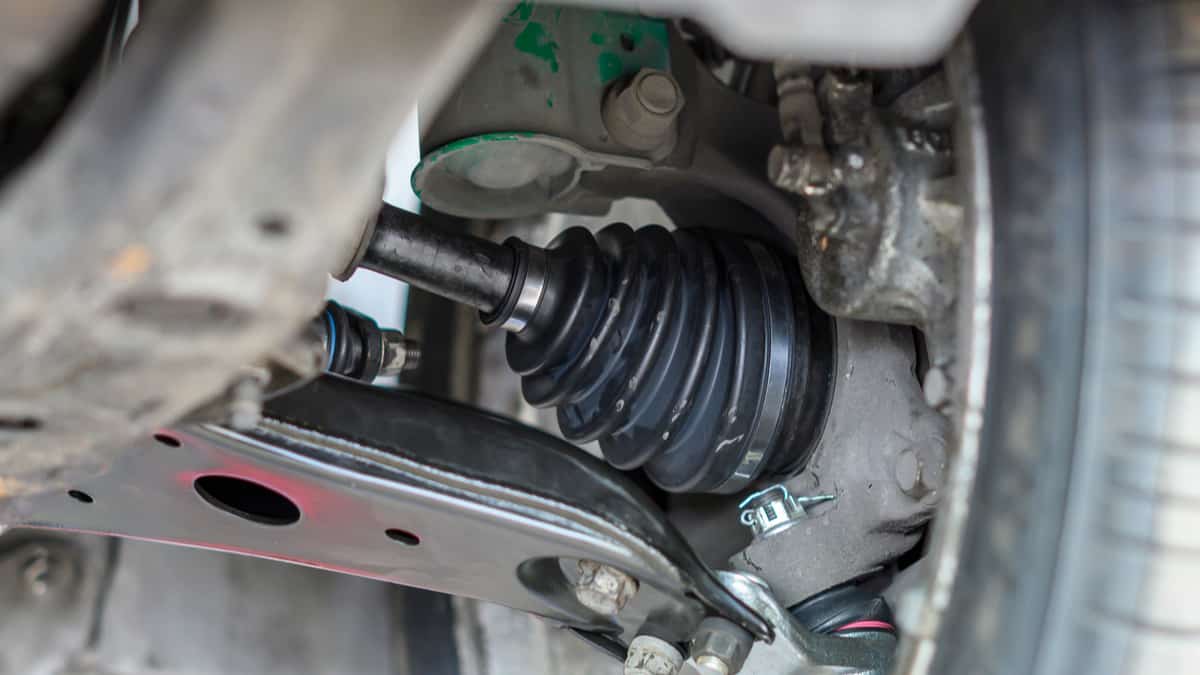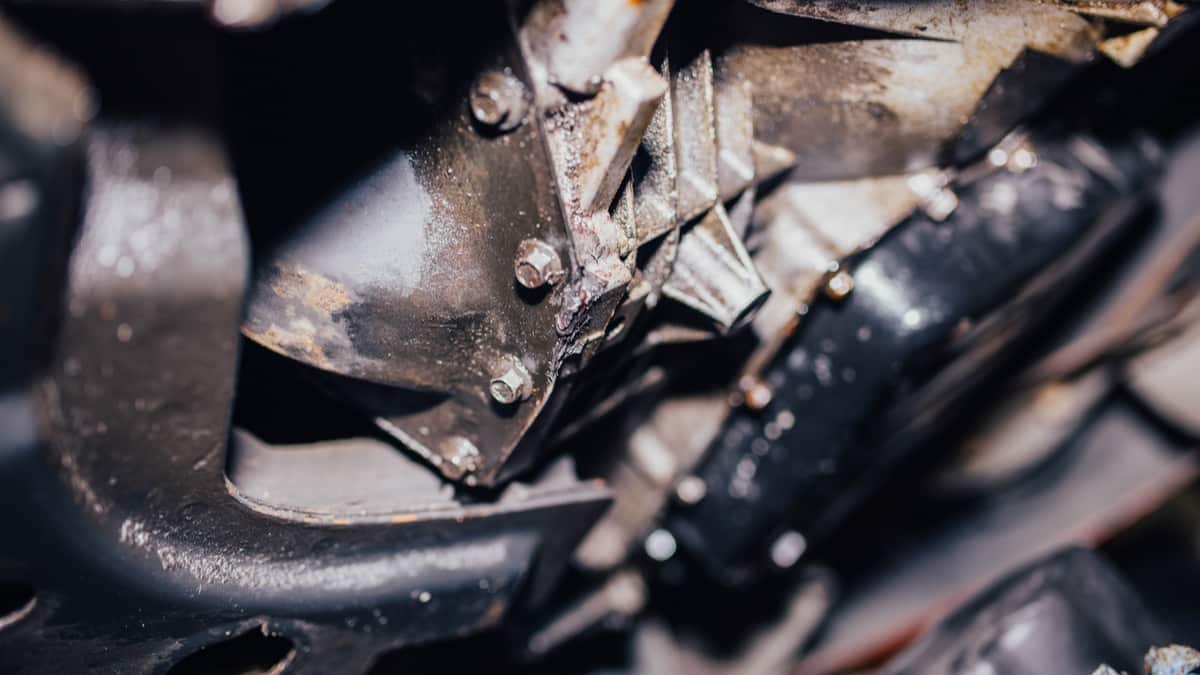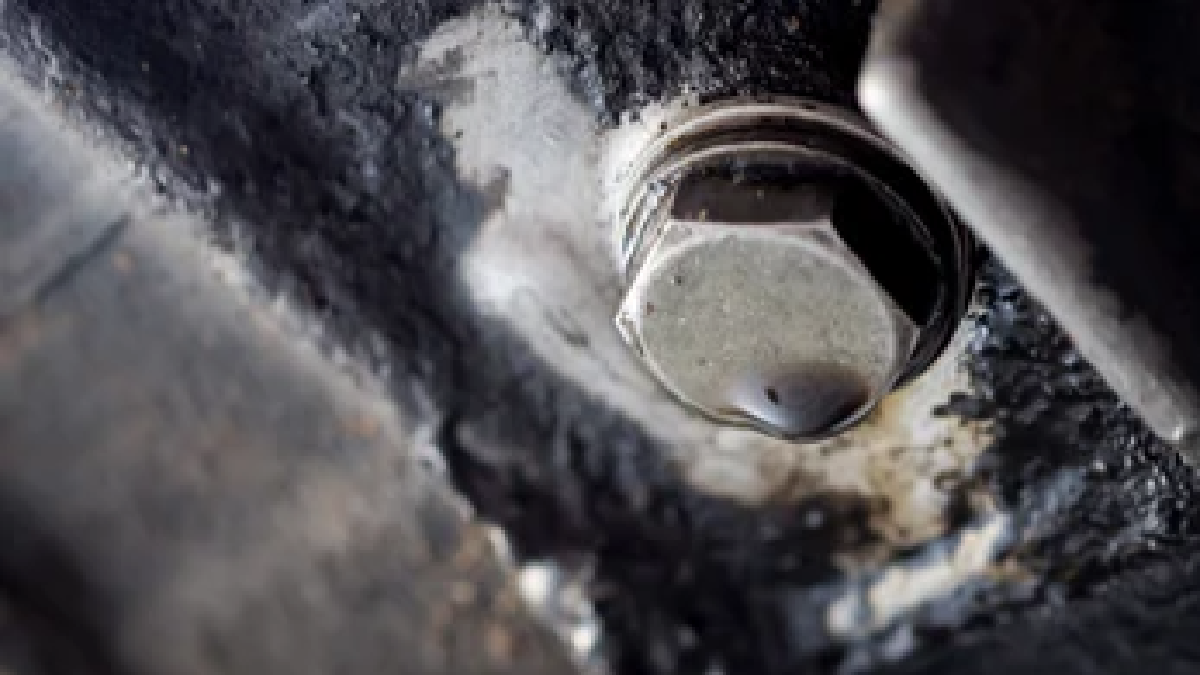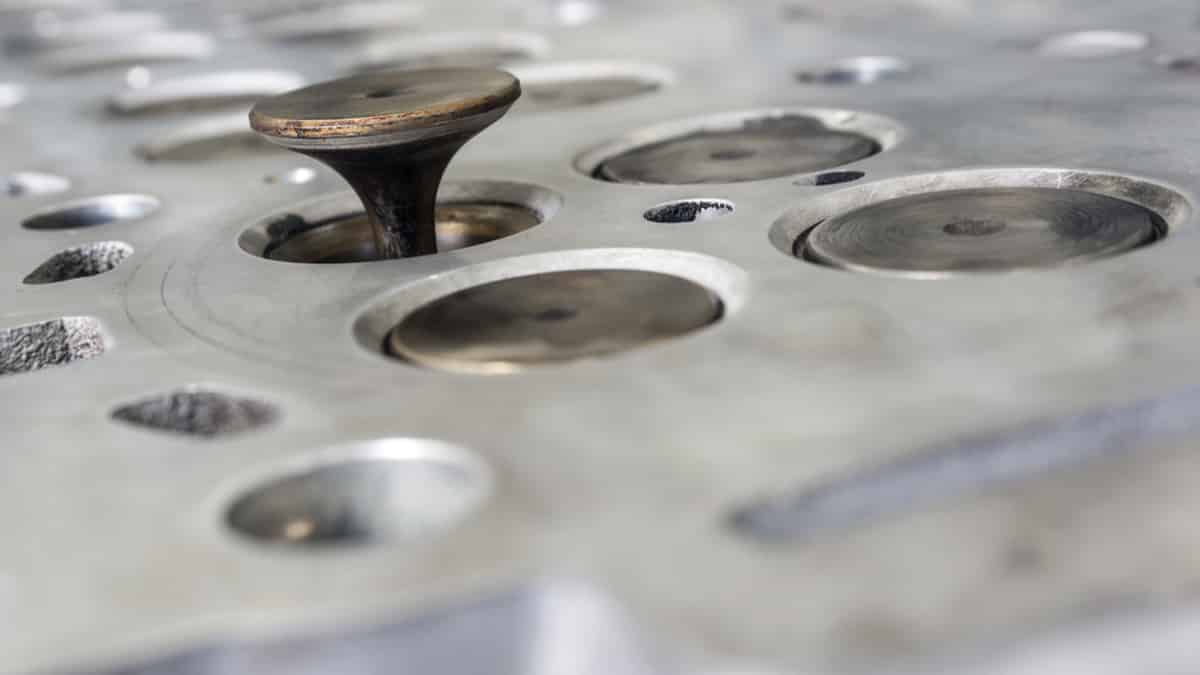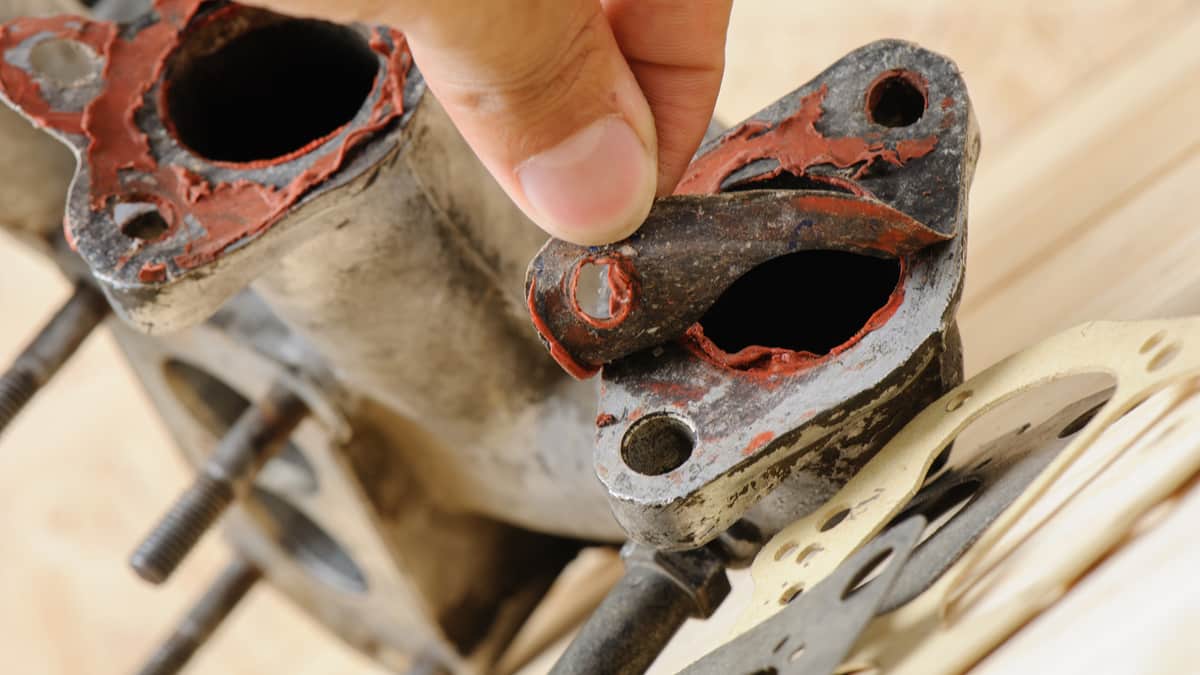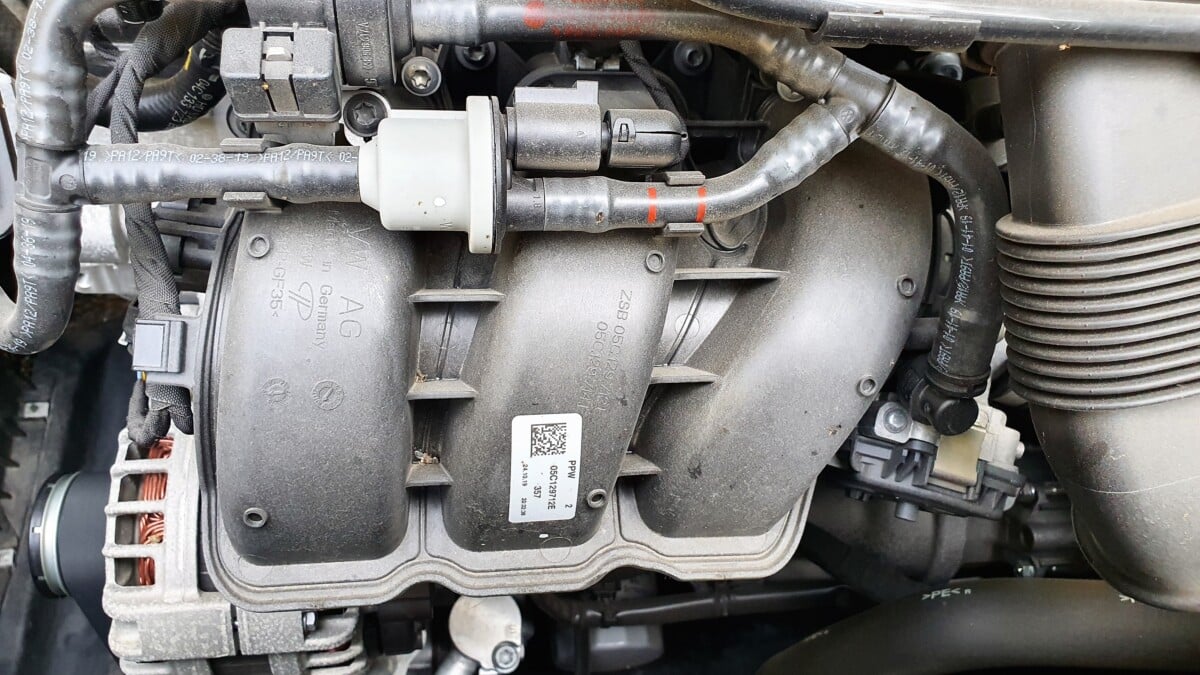Today’s vehicles with an automatic transmission include a transmission cooler that’s built in. When this valuable component fails, it leads to a variety of transmission issues. For that reason, it’s smart to learn about the symptoms of a bad transmission cooler and be on the lookout for any trouble.
In this guide, we cover the most common bad transmission cooler symptoms and show you how much it might cost to replace the part. We also touch on the location and purpose of the transmission cooler before answering your top questions.
Symptoms Of A Bad Transmission Cooler
When the transmission cooler fails, you may notice leaking fluid, requiring you to top off the system, contaminated fluid or an overheating transmission. There could also be dashboard warning lights and performance issues, such as trouble shifting. You may hear some strange noises as the cooler fails.
Here are the seven symptoms you may notice.
1. Leaking Transmission Fluid

A leak can occur because of the bad transmission cooler. If you see fluid coming from under the transmission, below the cooler or under the radiator, it’s time to take a closer look.
The lines running from the transmission to the cooler may have sprung a leak and need to be repaired before the transmission loses all of its fluid. Additionally, while the fluid is leaking, it’s a good time to take a look at its color. The transmission fluid color should be red when it’s fresh. If the fluid is turning brown, you may want to change it when you fix the leak.
RELATED: Is Your Transmission Fluid Leaking? 6 Causes & Repair Cost
2. Overheating Transmission
Just like your engine needs coolant to remain at the proper temperature, the transmission is the same way. Because the transmission cooler reduces the temperature of the fluid, you can expect the transmission to get hot when this part fails.
As the transmission warms up, it can lead to permanent internal damage, which is why you should have it repaired as soon as possible. In the meantime, it’s best not to drive while the transmission is overheating.
3. Dashboard Warning Lights
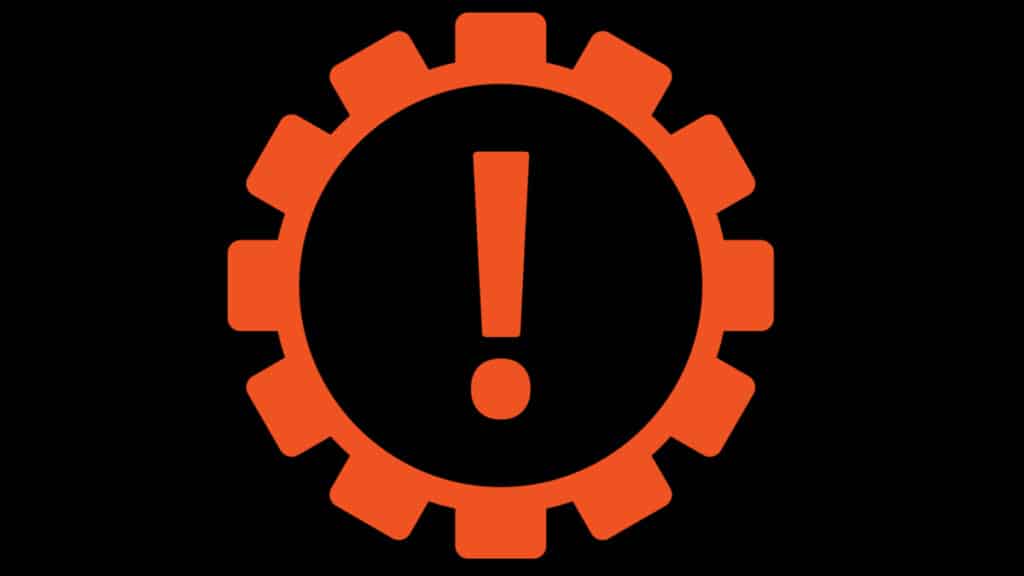
The warning lights that come on your dashboard depending on what vehicle you drive. In some cases, the Check Engine Light will come on.
Other vehicles, usually trucks, have a separate light for the transmission. With either warning light on the dashboard, you should stop driving and run the codes to see what’s going on. You can use our free trouble code library for reference.
4. Poor Shifting
With leaking fluid and an overheating transmission, you are sure to notice performance issues. The transmission may not seem as responsive as it should be.
Additionally, there may be trouble during gear shifts. However, these problems can occur with most any transmission fault, so a proper diagnosis is needed to determine if the cooler is to blame.
5. Transmission Noises
Without the right amount of fluid or when the cooler doesn’t keep the transmission from overheating, there could be strange noises. You may start to hear a groaning or growling sound, especially when the gears shift, because of a lack of lubrication.
Furthermore, there could be a clunking sound. Both of these noises should be taken seriously and you should stop driving if you want to prevent transmission failure.
6. Low Transmission Fluid Level

You should be regularly checking the transmission fluid to ensure everything is working as intended. If you are, you can catch problems early on because the fluid level may start to drop. The reason for this drop is due to the leak we talked about earlier.
While you can refill the transmission fluid to get it back to the full line, this doesn’t stop the problem from continuing. You would need to repair the transmission fluid cooler and fix any leaks to ensure the fluid remains where it should be.
7. Contaminated Fluid
Transmissions have cooling lines that run to and from the radiator. These passageways are separate from the coolant lines, so the two fluids should never come in contact with one another. While it is unusual, there’s a chance that a failure could cause these two fluids to mix, leading to a strawberry milkshake-type substance.
When the cooler fails, it can start to leak into the radiator. There’s also the possibility that coolant can make its way into the transmission fluid, although this is far less common.
Of course, human error could also be the reason for the mixing of fluids. If you’ve accidentally put coolant in the transmission or vice versa, you could have a big problem on your hands. To fix this problem, both systems would need to be flushed and any defects need to be repaired.
What’s The Function Of A Transmission Cooler?
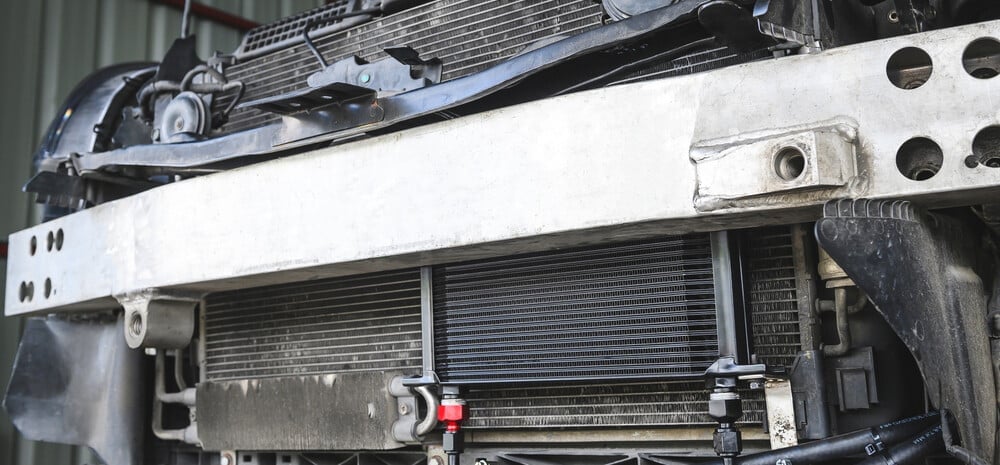
The transmission cooler acts as a small radiator to the automatic transmission. It operates much the same way the radiator does for the engine. It’s responsible for circulating the transmission fluid and cooling it off.
Hot transmission fluid comes out of the tranny through a metal line. This hot fluid enters the cooler, where it is cooled down. Once the heat has been removed, the fluid returns back to the transmission through another line.
With a transmission cooler, the tranny is efficient and runs at optimal levels. It allows for smoother gear changes and helps to ensure a longer life for the transmission.
Where Is The Transmission Cooler Located?
Most transmission coolers are found within the car radiator. In this way, the cooling system can help to regulate transmission fluid temperatures.
While it’s not common as much anymore, the transmission cooler can also be external, apart from the radiator. These are more popular with large trucks or SUVs. The externally-mounted transmission cooler is also a top choice for aftermarket upgrades, ensuring that there’s more airflow leading to cooler temperatures.
Your vehicle may also have a transmission cooler installed on the transmission itself, if it’s cooled by the coolant. This type of cooler is often called a heat exchanger.
Either way, it’s not difficult to find the transmission cooler on your vehicle. You can reference the service manual or trace the transmission lines. In most cases, you will end up at the radiator.
How Do You Inspect A Transmission Cooler?
With the transmission cooler located inside the radiator, it can be difficult to inspect. You can look on the outside of the radiator to check the lines for leakage. If you open the radiator cap and see transmission fluid mixing with the coolant, you know there must be a leak. This is not a good situation.
There’s no easy way to repair a transmission cooler. In fact, if it’s inside the radiator, you need to replace the entire radiator. Replacing an aftermarket transmission cooler is much easier overall and doesn’t require putting a new radiator on.
Here are some basic steps to replacing a radiator, but you should always follow the guidance in your service manual.
- Find the coolant drain and release the fluid into a clean pan. Remember to recycle the old fluids when you are done.
- Remove the radiator fan and shroud.
- Unbolt the radiator and remove it.
- While the radiator is out, you should take a look at the cooling system. Check the thermostat and components to ensure the car won’t overheat. For some parts, it’s easier to replace them now with the radiator out.
- Install the new radiator and shroud.
- Reconnect all of the hoses.
- Refill the coolant and bleed the system.
- The car may have lost a small amount of transmission fluid in the process, but probably not much. Top off the system if needed.
- Take the car for a test drive to ensure everything runs as it should. Recheck the fluid levels shortly after driving to ensure there are no leaks.
A qualified mechanic will be able to replace the transmission cooler easier than the home mechanic. It’s not normally a simple job since the radiator may need to be replaced.
How Much Does It Cost To Replace A Transmission Cooler?
If your internal transmission cooler needs to be replaced, you’ll need a new radiator with the cooler. This expense could be between $350 and $1,000, depending on what car you drive and where you have the work performed.
You may be able to replace the external transmission cooler on your own since it’s less labor-intensive. You may spend between $35 and $450 to get an aftermarket transmission cooler. These parts look like little radiators and are mounted in front of the radiator or air conditioning condenser to ensure maximum air flow.
Do you really need a transmission cooler?
Today’s automatic transmission should always have either a stock cooler in the radiator or an aftermarket cooler attached to it. These coolers are even more important if you are hard on the transmission, such as when you tow or haul heavy loads. Keeping the fluid at a cool temperature helps it to last longer.
When should you replace the transmission cooler?
If you notice signs of a failing transmission cooler, it’s time to replace it. There could be leaks occurring, dropped fluid levels, strange noises, especially while shifting and a dashboard warning light. Any of these problems should be taken seriously so you don’t cause permanent damage to the transmission.
Will a transmission cooler make the transmission last longer?
Yes, by cooling the transmission fluid, you ensure it provides more protection to the internal components. When the transmission fluid gets too hot, it can’t protect the gears the same way. You will hear strange sounds, such as groaning. Check the fluid often and replace the cooler if it is defective.
Is the transmission cooler built into the radiator?
In many cars, the transmission cooler is built directly into the radiator. When this cooler fails, the entire radiator needs to be replaced. However, some heavy-duty vehicles have external transmission coolers or you may have installed an aftermarket one. These are normally mounted to the radiator or air conditioning condenser.
Can a transmission cooler cause overheating?
The transmission cooler is designed to prevent overheating. Therefore, if it breaks, the transmission fluid may become too hot. While the cooler itself didn’t cause the overheating, it can’t remove the heat to bring it down to operating temperature. Replace the defective transmission cooler before more damage occurs.
A bad transmission cooler is something that most drivers will never deal with. These parts aren’t prone to failure often. However, after many miles of usage, you may find yourself dealing with transmission fluid leaks or other transmission cooler problems. If you notice signs of a failed cooler, you want to have it replaced immediately.
If the cooler is an external unit, you may be able to replace it at home. When the entire radiator needs to be replaced, this process isn’t so simple. You may prefer to have a professional mechanic handle this repair, not only to save some time but also to ensure the job gets done right.
Categories: Transmission
